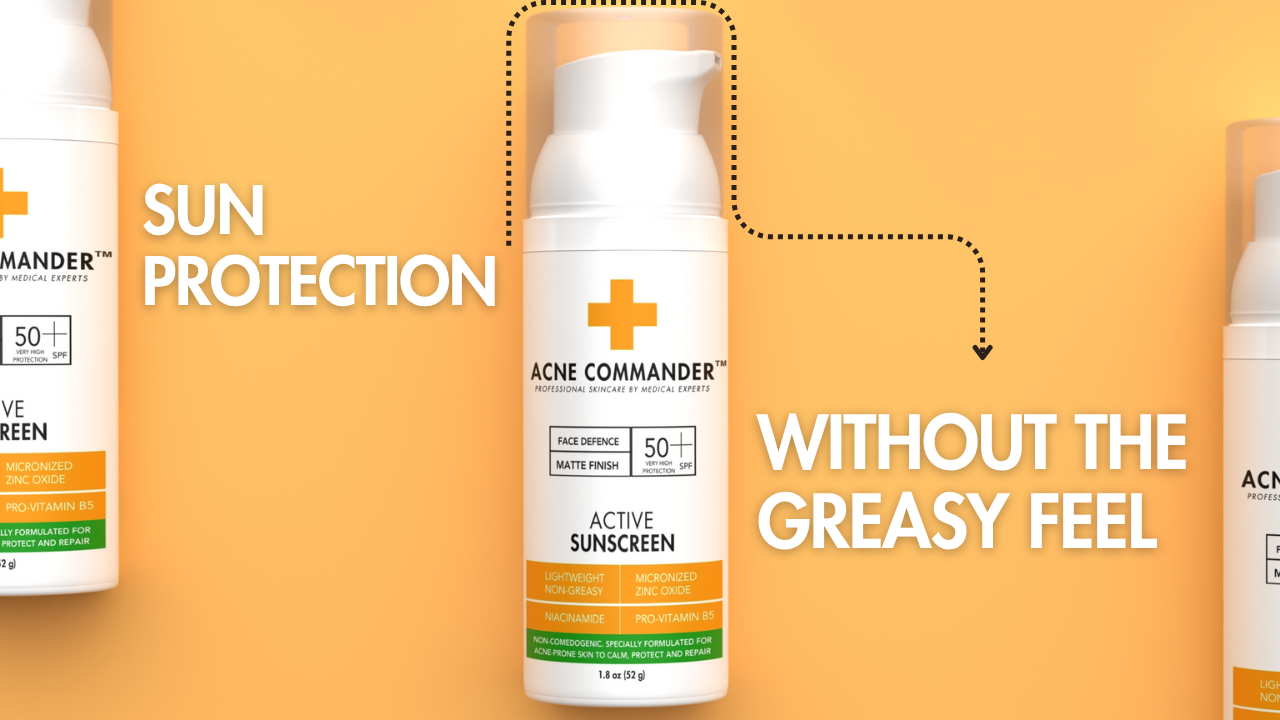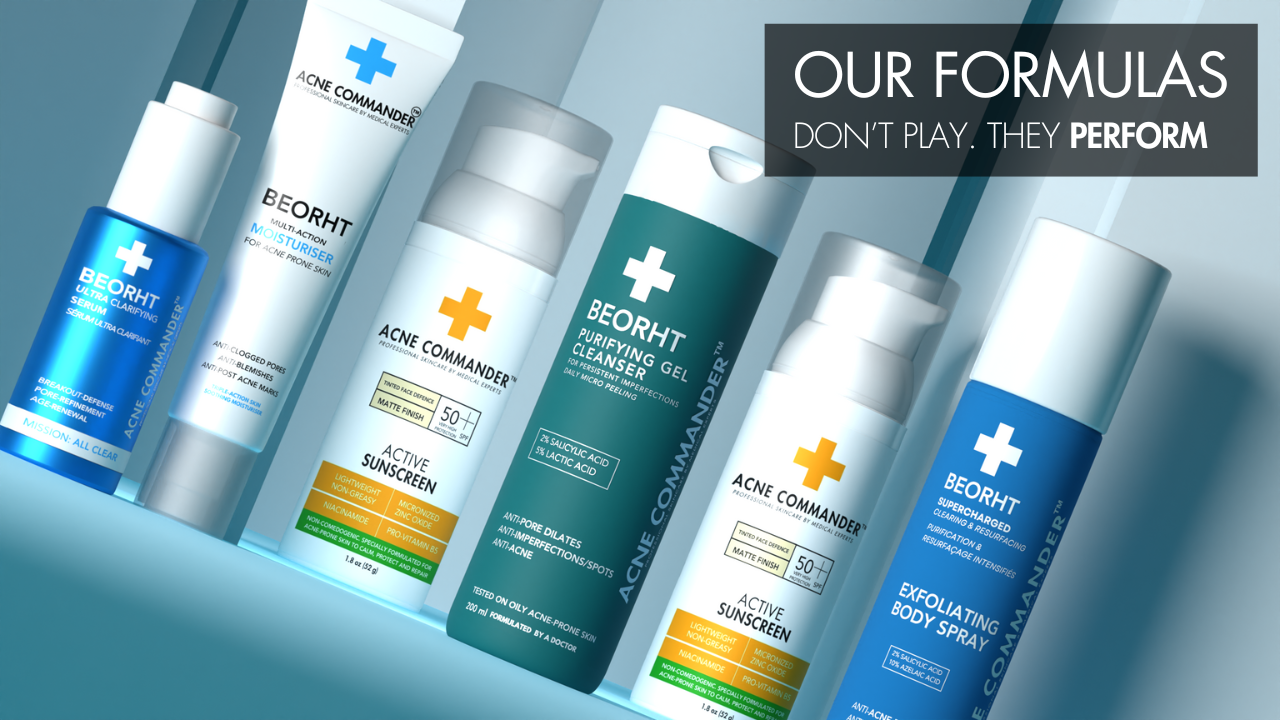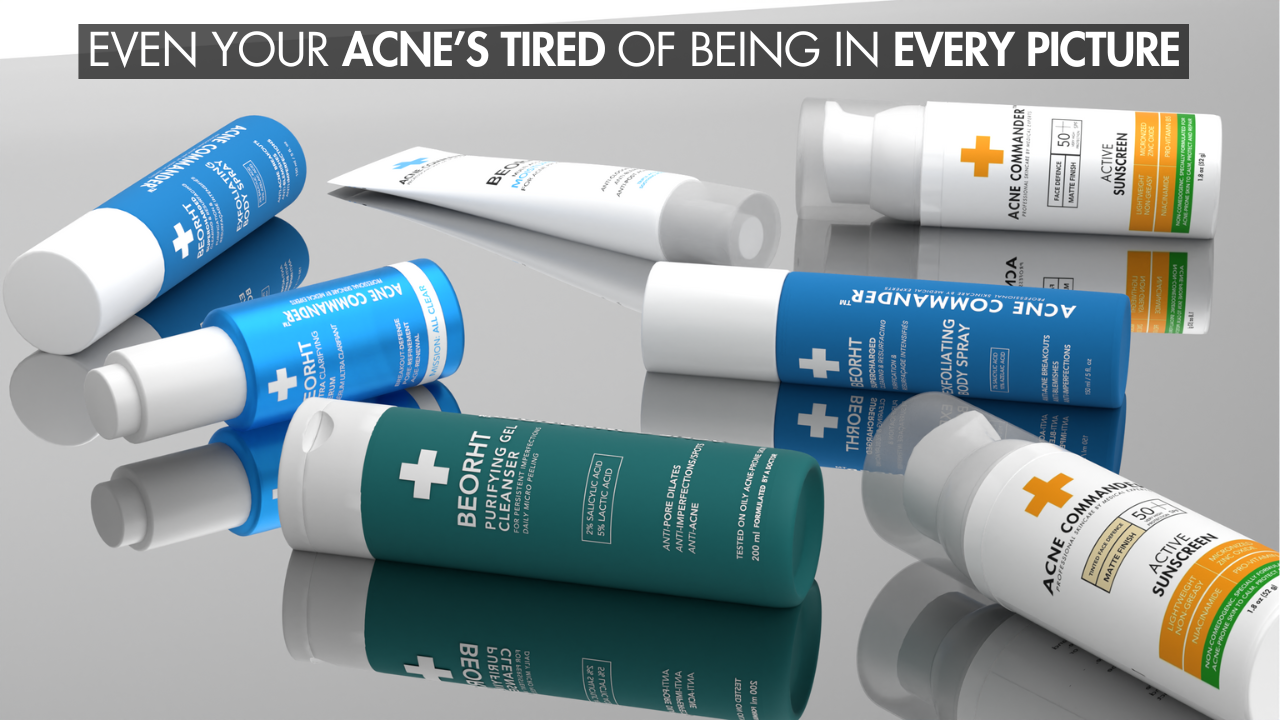Introduction
Salicylic Acid is one of the most commonly used ingredients in acne treatment, praised for its ability to exfoliate the skin, unclog pores, and prevent breakouts. While it is widely used in many acne treatments, there’s often concern about whether Salicylic Acid is suitable for sensitive skin.
Sensitive skin can react to various ingredients, especially those that exfoliate or contain active chemicals like Salicylic Acid. For individuals with sensitive skin, it’s essential to know how this ingredient works and whether it might cause irritation or other adverse effects. So, is a Salicylic Acid cleanser suitable for sensitive skin?
What Is Salicylic Acid and How Does It Work?
Salicylic Acid is a beta hydroxy acid (BHA), which means it is oil-soluble and can penetrate deep into the pores. It’s commonly used in acne treatment due to its ability to exfoliate the skin and address the underlying causes of acne. Here's how it works:
1. Exfoliates the Skin
Salicylic Acid exfoliates the skin by helping to break down dead skin cells and remove debris from the skin’s surface. This process helps to keep pores clear of blockages that can lead to acne. Unlike alpha hydroxy acids (AHAs), which are water-soluble, Salicylic Acid can penetrate deeper into the pores and work on the inside to exfoliate the buildup of oils and dead skin cells.
2. Unclogs Pores
The main cause of acne is clogged pores. Salicylic Acid works by dissolving the oil and debris trapped in the pores, which helps prevent the formation of blackheads, whiteheads, and pimples. By keeping the pores clear, it reduces the likelihood of new breakouts.
3. Reduces Inflammation
Salicylic Acid has anti-inflammatory properties, which help reduce the redness and swelling associated with acne. For individuals with inflamed acne or cystic acne, Salicylic Acid can help calm the skin, making the acne less noticeable and painful.
Is Salicylic Acid Safe for Sensitive Skin?
While Salicylic Acid offers many benefits for acne-prone skin, individuals with sensitive skin may be concerned about its potential to cause irritation. So, is it safe to use Salicylic Acid on sensitive skin?
1. How Salicylic Acid Can Affect Sensitive Skin
Salicylic Acid can be an effective acne treatment, but it can also cause dryness, redness, and peeling, especially for those with sensitive skin. Sensitive skin tends to react more strongly to active ingredients like Salicylic Acid, so it’s essential to use this ingredient carefully.
Dryness and Flaking: As Salicylic Acid exfoliates, it can lead to dry patches or flaking, which can be uncomfortable for those with sensitive skin.
Redness and Irritation: Sensitive skin may react with redness, stinging, or irritation when exposed to Salicylic Acid, especially if used in high concentrations.
Increased Sensitivity to Sunlight: Salicylic Acid can make your skin more sensitive to UV rays, leading to a higher risk of sunburn or pigmentation. Sunscreen is crucial when using products containing Salicylic Acid.
2. Benefits for Sensitive Skin
Despite these potential risks, Salicylic Acid can still offer significant benefits for sensitive acne-prone skin when used properly:
Gentler than Other Acne Treatments:
Salicylic Acid is generally milder than other acne treatments like Benzoyl Peroxide, which can be too harsh for sensitive skin. It’s less likely to cause excessive dryness or irritation compared to stronger ingredients.
Exfoliation Without Harsh Scrubbing:
Salicylic Acid provides chemical exfoliation without the need for physical exfoliation (scrubs). Physical exfoliants can irritate sensitive skin, but Salicylic Acid exfoliates gently, preventing the buildup of dead skin cells that can clog pores.
Calming Effects:
Salicylic Acid has anti-inflammatory properties, which help to calm irritation and reduce redness associated with acne, making it suitable for sensitive, inflamed skin.
3. Tips for Using Salicylic Acid Safely on Sensitive Skin
If you have sensitive skin and want to incorporate a Salicylic Acid cleanser into your skincare routine, there are a few tips to keep in mind to minimize irritation:
Start Slowly: Begin by using a Salicylic Acid cleanser 2-3 times a week and gradually increase the frequency as your skin builds tolerance. This prevents overwhelming your skin and reduces the risk of irritation.
Use a Lower Concentration: Look for cleansers with a lower concentration of Salicylic Acid (around 0.5% to 2%) to reduce the risk of irritation. Many gentle Salicylic Acid cleansers are available for sensitive skin, so choose one with a lower concentration to start.
Follow with a Moisturizer: Always follow up with a hydrating, non-comedogenic moisturizer after using a Salicylic Acid cleanser. This helps replenish moisture and prevent excessive dryness.
Avoid Overuse: Don’t overuse Salicylic Acid, as this can cause dryness, irritation, or sensitivity. Stick to the recommended usage and listen to your skin’s needs.
Use Sunscreen: Since Salicylic Acid can make your skin more sensitive to the sun, apply broad-spectrum sunscreen with SPF 30 or higher daily. This helps protect your skin from harmful UV rays and prevents pigmentation caused by sun exposure.
Beorht Purifying Gel Cleanser: A Great Option for Sensitive, Acne-Prone Skin
Acne Commander’s Beorht Purifying Gel Cleanser is a great option for those with sensitive, acne-prone skin. Here’s why it works well for sensitive skin:
Salicylic Acid 2%: Salicylic Acid gently exfoliates the skin, clears pores, and prevents acne without causing excessive dryness or irritation. It’s an ideal solution for acne-prone skin, even for those with sensitive skin.
Lactic Acid 5%: Lactic Acid offers gentle exfoliation, improving skin texture and reducing the appearance of acne scars over time.
Non-Comedogenic Formula: Beorht Purifying Gel Cleanser is formulated to be non-comedogenic, meaning it won’t clog pores or contribute to further breakouts.
Soothing Plant Extracts: Scutellaria Baicalensis Root Extract and Sophora Angustifolia Root Extract reduce inflammation and calm irritated skin, which is common in sensitive acne-prone skin.
Hydrating Ingredients: Sodium PCA and Butylene Glycol help maintain hydration, preventing dryness and irritation while treating acne.
Explore detailed information for Acne Commander's Beorht Purifying Gel Cleanser. Click Here
FAQ
Q1: Is Salicylic Acid suitable for sensitive skin?
Yes, Salicylic Acid is generally suitable for sensitive skin when used in the right concentration. It’s less likely to cause irritation compared to other acne treatments, but it’s important to start slowly and use a lower concentration to avoid over-exfoliation.
Q2: Can Salicylic Acid make sensitive skin worse?
While Salicylic Acid can cause irritation or dryness, it’s usually mild and can be managed by starting with a lower concentration and using it less frequently. Always follow up with a moisturizer and sunscreen.
Q3: How often should I use a Salicylic Acid cleanser if I have sensitive skin?
Start 2-3 times a week and gradually increase the frequency as your skin builds tolerance. Overuse can lead to irritation, so it’s essential to monitor your skin’s response.
Q4: What percentage of Salicylic Acid is safe for sensitive skin?
For sensitive skin, look for products with 0.5% to 2% Salicylic Acid. Higher concentrations may be too strong and could cause irritation.
Q5: Does Salicylic Acid help with acne scars?
Yes, Salicylic Acid helps promote cell turnover and exfoliates the skin, which can improve texture and fade acne scars over time.
Q6: Can I use Salicylic Acid with other acne treatments?
Yes, but be cautious. Using Salicylic Acid with other strong acne treatments like Benzoyl Peroxide or Retinol can lead to over-drying or irritation. Start slowly and monitor how your skin reacts.
Q7: Does Beorht Purifying Gel Cleanser help with sensitive acne-prone skin?
Yes, Beorht Purifying Gel Cleanser is formulated with Salicylic Acid and Lactic Acid, making it ideal for treating acne while being gentle on sensitive skin. It also contains soothing ingredients like Niacinamide and Aloe Vera.
Q8: Can I use Salicylic Acid in the morning if I have sensitive skin?
Yes, you can use Salicylic Acid in the morning, but be sure to apply sunscreen afterward, as it can make your skin more sensitive to the sun.
Q9: Will Salicylic Acid make my skin peel?
Salicylic Acid can cause mild peeling or flaking, especially if used in high concentrations. This is normal and part of the exfoliation process, but if it becomes excessive, reduce usage and hydrate your skin.
Q10: How long does it take to see results with Salicylic Acid?
Results may take 2-4 weeks to become visible. For long-term improvements, continue using Salicylic Acid as part of a consistent acne treatment routine.
Conclusion
Salicylic Acid is a highly effective ingredient for treating acne and preventing future breakouts, even for those with sensitive skin. When used correctly, Salicylic Acid cleansers can help clear clogged pores, reduce inflammation, and improve skin texture without causing excessive irritation. Acne Commander’s Beorht Purifying Gel Cleanser is an excellent choice for sensitive, acne-prone skin, offering gentle yet effective acne treatment with Salicylic Acid and Lactic Acid.
Call to Action: Ready to achieve clearer, smoother skin? Try Acne Commander’s Beorht Purifying Gel Cleanser today and experience the benefits of Salicylic Acid for sensitive skin!






